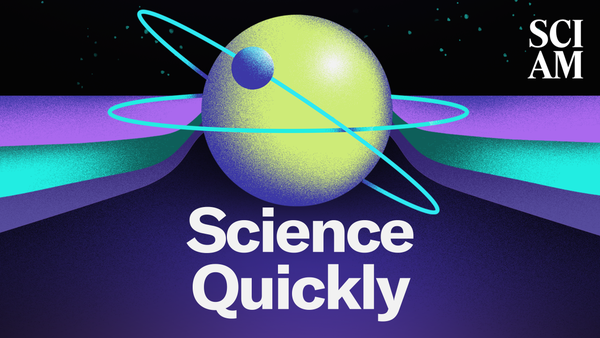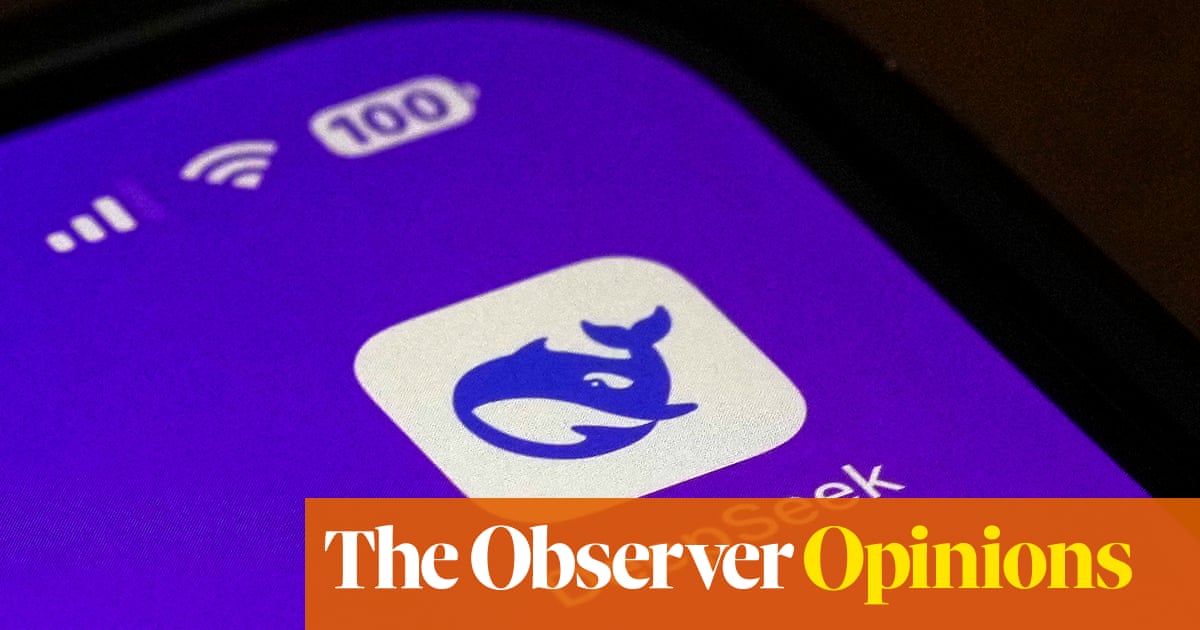
Savings Rates Over 4% APY Could Stick Around a While Longer, but Not Forever. Today's Best Savings Rates for Feb. 3, 2025
www.cnet.com
Key takeaways The average rate for the best high-yield savings accounts is 4.15% APY.Savings rates held steady all last week.We don't recommend waiting if you want to earn interest at today's rates since annual percentage yields could fall. We've been watching rates for the best high-yield savings accounts for a while now. The best rates are still over 4% annual percentage yield, or APY, but all eyes are on where savings rates will go next.Rates for some of the best accounts held steady last week as the Federal Reserve left the federal funds rate range alone for January. Historically, when the Fed raises or lowers interest rates, banks do the same for borrowing and saving.While no one knows for sure where rates are headed next, there's still time to take advantage of current APYs. We don't recommend waiting -- that could mean missing out on interest. Here's a closer look at the best savings rates and the banks that offer them.Today's best savings rates Bank APY*Min. deposit to openVaro 5.00%**$0Newtek Bank 4.70%$0LendingClub 4.50%$0Bask Bank 4.50%$0EverBank 4.40%$0Synchrony Bank 4.10%$0Laurel Road 4.00%$0American Express 3.80%$0Capital One 3.80%$0 Experts recommend comparing rates before opening a savings account to get the best APY possible. Enter your information below to get CNET's partners' best rate for your area.How to kickstart saving with a high-yield savings accountStarting a savings goal in the new year can be overwhelming, especially if you're considering which new account to open. Money coach and CNET Money expert Bernadette Joy shared some tips to help you stick to your goal."Start by naming your savings account something meaningful, like 'Peace of Mind' or 'Dream Fund,'" said Joy. "It's a psychological hack that makes it easier to stay motivated."Breaking your goal into smaller chunks can make it more manageable. For example, if you aim to save $1,000, you may start by setting aside $200 a month. If you put the money in a high-yield savings account, you'll earn interest, which can help you reach your goal faster.Joy also recommends sticking with a high-yield savings account that doesn't charge a monthly fee or require a minimum balance.You can earn up to 4.65% APY on the best CDs. Check out today's rates.Average savings rates from week to week Last week's CNET average savings APY* This week's CNET average savings APYWeekly change4.16% 4.15%-0.24% What to look for when choosing a high-yield savings accountSince credit unions and online-only banks are most likely to offer high-yield savings accounts, that may change how you manage your savings. For example, some online-only banks don't accept cash deposits and may not have physical locations for in-person assistance. Here are some other factors to consider when opening a HYSA.Account requirements: Some HYSAs require a minimum amount to open an account, typically between $25 and $100. Others don't have any minimums. You should be aware of balance requirements to ensure your account stays in good standing and continues earning interest.ATM access: Not every bank offers cash deposits and withdrawals. If you need regular ATM access, check to see if your bank provides ATM fee reimbursements or a wide range of in-network ATMs, said Lanesha Mohip, founder of the Polished CFO and another CNET Expert Review Board member.Fees: Look out for fees for monthly maintenance, withdrawals and paper statements, said Mohip. The charges can eat into your balance.Accessibility: If you prefer in-person assistance, look for a bank with physical branches. If you're comfortable managing your money digitally, consider an online bank.Withdrawal limits: Some banks charge an excess withdrawal fee if you make more than six monthly withdrawals. If you may need to make more, consider a bank without this limit.Safety and security: Make sure your bank is insured with the Federal Deposit Insurance Corporation -- or the National Credit Union Administration for credit unions. This way, your money is protected up to $250,000 per account holder, per category, if the bank fails.Customer service: Choose a bank that's responsive and makes it easy to get help with your account if you need it. Read online customer reviews and contact the bank's customer service to get a feel for working with the bank.MethodologyCNET reviewed savings accounts at more than 50 traditional and online banks, credit unions and financial institutions with nationwide services. Each account received a score between one (lowest) and five (highest). The savings accounts listed here are all insured up to $250,000 per person, per account category, per institution, by the FDIC or NCUA.CNET evaluates the best savings accounts using a set of established criteria that compares annual percentage yields, monthly fees, minimum deposits or balances, and access to physical branches. None of the banks on our list charge monthly maintenance fees. An account will rank higher for offering any of the following perks:Account bonusesAutomated savings featuresWealth management consulting/coaching servicesCash depositsExtensive ATM networks and/or ATM rebates for out-of-network ATM useA savings account may be rated lower if it doesn't have an easy-to-navigate website or if it doesn't offer helpful features like an ATM card. Accounts that impose restrictive residency requirements or fees for exceeding monthly transaction limits may also be rated lower.*APYs as of Jan. 31, 2025, based on the banks we track at CNET. Weekly percentage increase/decrease from Jan. 20 to Jan. 27, 2025.**Varo offers 5% APY only on balances of less than $5,000.More savings advice
0 Yorumlar
·0 hisse senetleri
·34 Views











